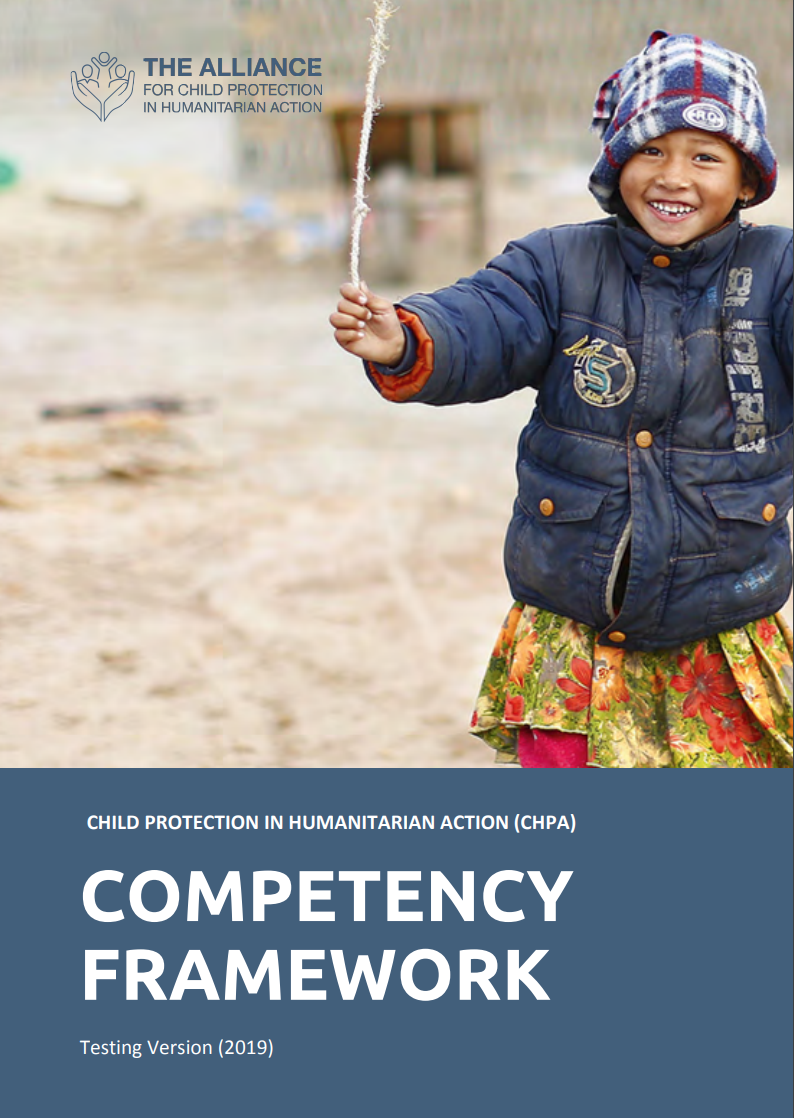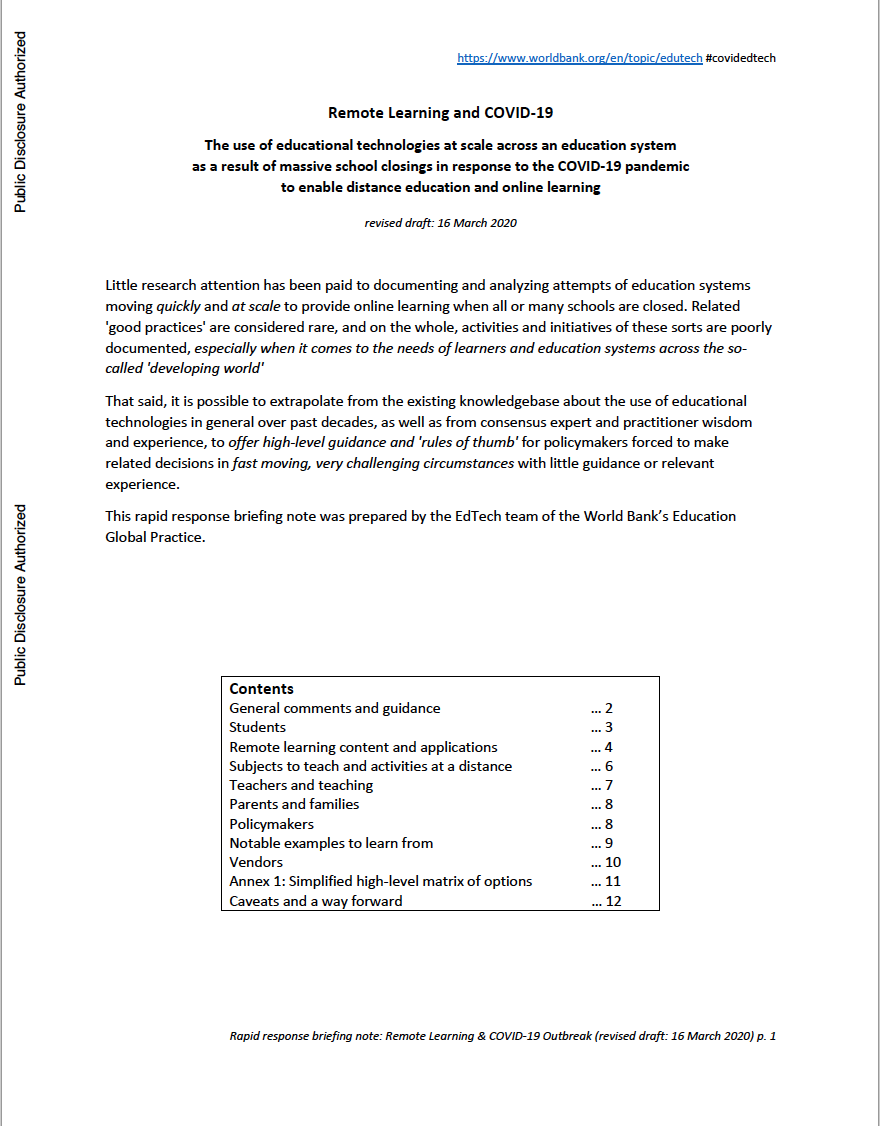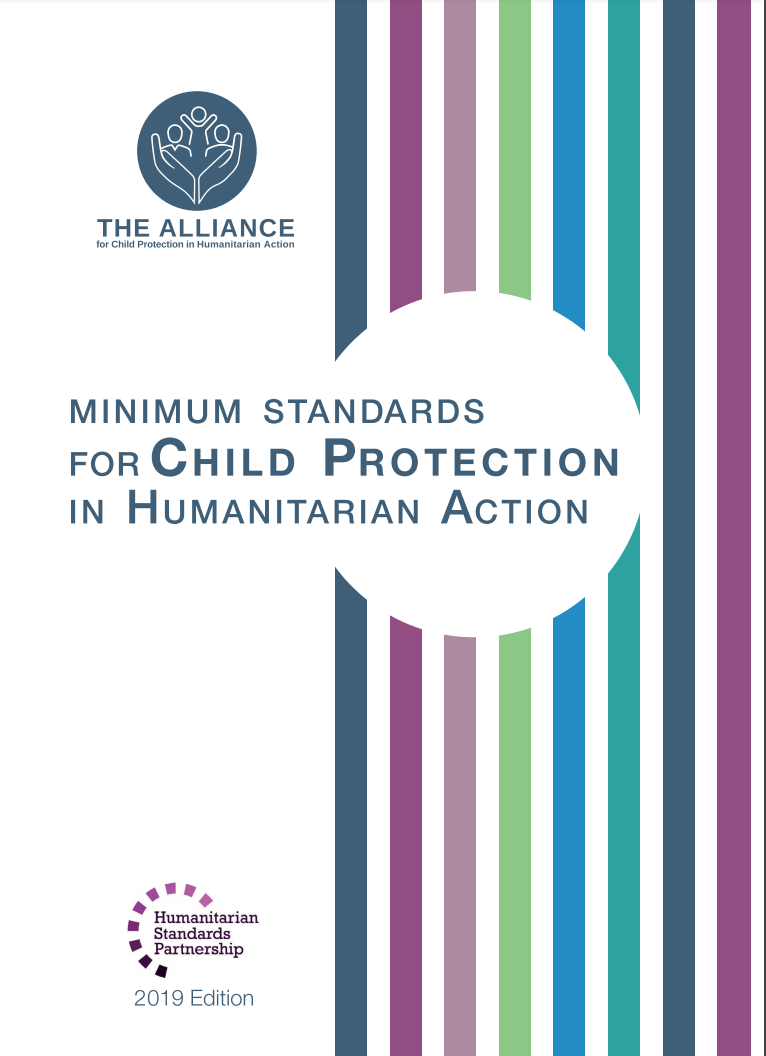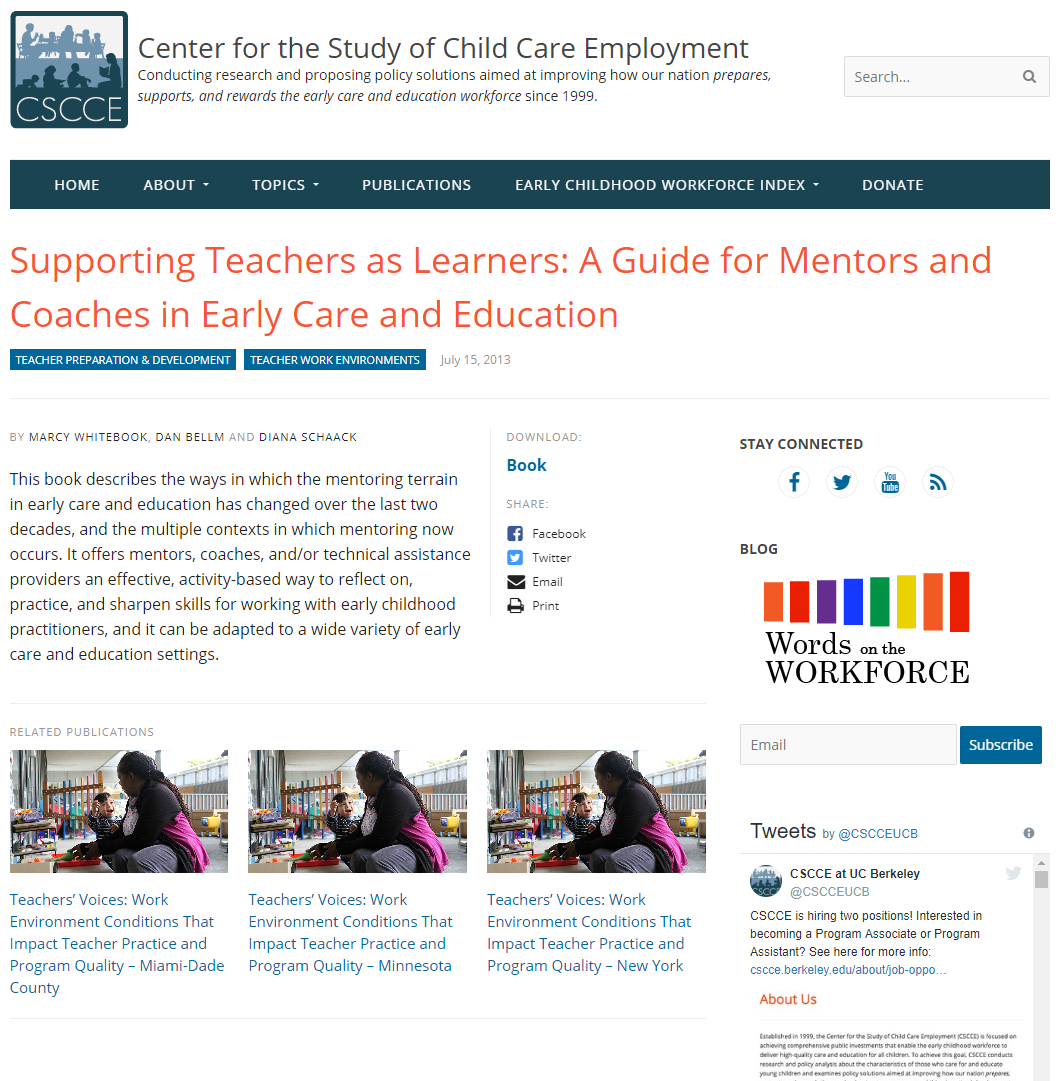Child Protection in Humanitarian Action Competency Framework: Testing Version

The purpose of the Child Protection in Humanitarian Action Competency Framework is to ensure a quality, harmonised, inter-agency set of competencies, indicators, and core values. This framework is intended to inform staff recruitment, learning and development, performance management, planning, and organisational design. It is hoped that this sector-wide guidance will advance the accountability, effectiveness, and predictability of humanitarian responses to affected populations. The inter-agency CPHA competencies are primarily intended for use by child protection staff in humanitarian contexts. However, they are also relevant at the global level or in development settings in support of planning and emergency preparedness. The CPHA Competency Framework aligns with the CPMS and complements the existing general Core Humanitarian Competency Framework. It is therefore transferable across people, countries, and cultures and can be a valuable tool for entry-, mid-, and seniorlevel professional development
Authors: Year of Publication:2019
resourcecentre.savethechildren.net










